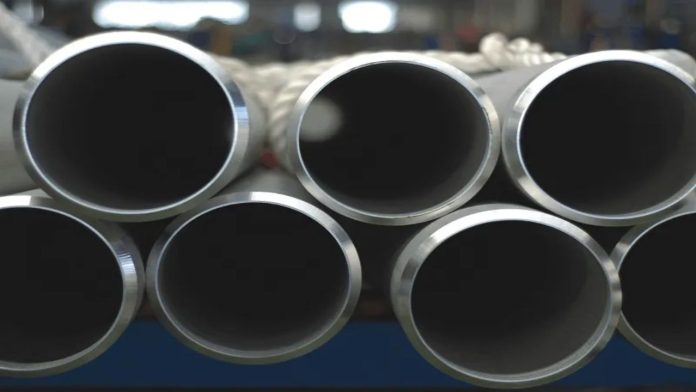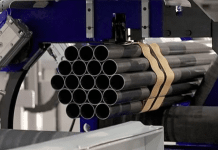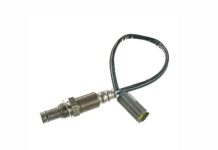In the realm of industrial-grade materials, the JIS G3452 steel pipe is a noteworthy contender. Governed by the Japanese Industrial Standard (JIS), this pipe is recognized for its superior attributes and extensive applications. This piece aims to offer an in-depth understanding of the JIS G3452 steel pipe, exploring its characteristics, advantages, production process, and future prospects.
Properties and Composition
The JIS G3452 steel pipe is distinguished by its impressive physical and chemical properties. From a physical perspective, it boasts high tensile strength and endurance, making it the go-to choice for heavy-duty applications. On the chemical front, it is primarily composed of iron, with minor proportions of carbon, manganese, and silicon. The carbon content imparts strength and hardness to the pipe, while the presence of manganese and silicon boosts its performance under extreme temperatures and pressures.
Applications and Benefits
The JIS G3452 steel pipe is utilized across a wide array of industries, including but not limited to construction, automotive, and oil and gas. Its high strength and resistance to corrosion make it an ideal conduit for transporting fluids under high pressure. Furthermore, its durability ensures a prolonged lifespan, thereby minimizing the need for frequent replacements and maintenance.
The advantages of employing JIS G3452 steel pipe are numerous. Its high tensile strength enables it to bear heavy loads and high pressures, making it perfect for industrial applications. Its resistance to corrosion allows it to withstand harsh environments and corrosive fluids without deterioration, ensuring longevity and dependability. Moreover, its adaptability allows it to be employed in a diverse range of applications, offering flexibility to engineers and designers.
Manufacturing Process
The fabrication of JIS G3452 steel pipe involves a series of steps. It commences with the melting of iron ore and other alloying elements to produce the steel. This steel is then molded into a pipe shape via a process known as hot rolling, where the steel is heated and subsequently shaped using large rollers. Post formation, the pipe is cooled and subjected to a series of tests to confirm its compliance with the JIS G3452 standard. These tests encompass tensile strength testing, hardness testing, and chemical analysis.
Case Studies
The implementation of JIS G3452 steel pipe has resulted in numerous successful applications across various industries. For example, in the construction sector, these pipes have been employed in the structural framework of buildings owing to their strength and durability. In the oil and gas sector, they have been used for the transportation of oil and gas under high pressure, thanks to their high tensile strength and resistance to corrosion.
Future Developments
Ongoing research and technological advancements in the field of steel manufacturing are continually enhancing the properties and applications of JIS G3452 steel pipe. For instance, novel alloying techniques are being explored to augment the pipe’s strength and resistance to corrosion. Additionally, advancements in manufacturing processes are paving the way for more efficient and eco-friendly production methods.
Conclusion
To sum up, the JIS G3452 steel pipe is a versatile and robust material that offers a plethora of benefits in terms of strength, resistance to corrosion, and durability. Its extensive applications across various industries underscore its significance in the industrial sector. With ongoing research and technological advancements, the future of JIS G3452 steel pipe appears promising, with the potential to offer even more benefits and applications. Therefore, understanding and utilizing this material is crucial for anyone involved in industries where high-strength, durable materials are a necessity.










